by Christopher Miskimon
The 1930s was a decade full of World War II’s antecedents. Fighting broke out at various points around the globe during this decade, and manu consider the period to be a training ground for 1939-1945. In particular, fighting broke out between several nations in Asia; among these the fighting between Japan and China was no doubt the largest. It was a bloody and vicious series of conflicts that essentially bled into World War II.
China had mass going for it. The Chinese could raise large armies, but training, equipment and unity were lacking. The country also needed foreign advisors to have any hope of well-organized and planned operations. The Japanese were, with exceptions, better trained and uniformly equipped. Being a more homogeneous nation they were better able to field disciplined formations and generally acted with professionalism in their planning. However, they could not hope to match the Chinese in numbers.
[text_ad]
Largely ignored in the West, Japan and China fought a horrible large-scale battle for the city of Shanghai from July to November 1937. Though it happened at times, urban combat was not the norm during this period; Shanghai proved a terrible exception and provided a taste of things to come for anyone who was paying attention.
The battle began with small skirmishes and riots between various Chinese elements and local Japanese in Shanghai, some civilian, some military, mostly Japanese marines based near the International Settlement. Longstanding enmity meant the situation would eventually boil into open fighting, and now it did. The Japanese occupied a fortified position and had to keep the road to the nearby consulate and Japanese portion of the Settlement open. The Chinese sent in several of their best trained divisions to push their hated foes out of the city before enemy reinforcement could pour in.
Unfortunately for them, most Chinese formations were not yet fully trained and their attacks, though fierce, were poorly coordinated between their infantry, artillery, and what little armor there was. The battle began before Chiang Kai-shek’s troops were fully prepared. The Japanese, though outnumbered, were well coordinated, and Imperial Navy ships on the Yangtze River did terrible damage with their guns. Overhead, each nation’s air force vied for supremacy, but over time superior Japanese experience paid off.
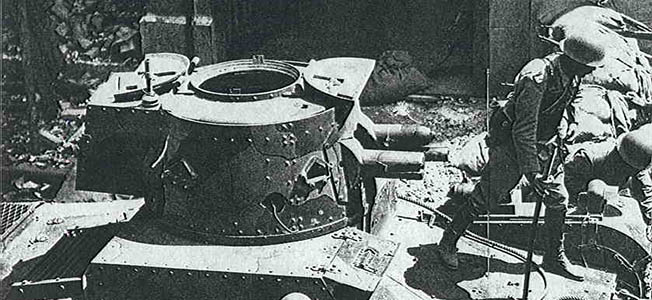
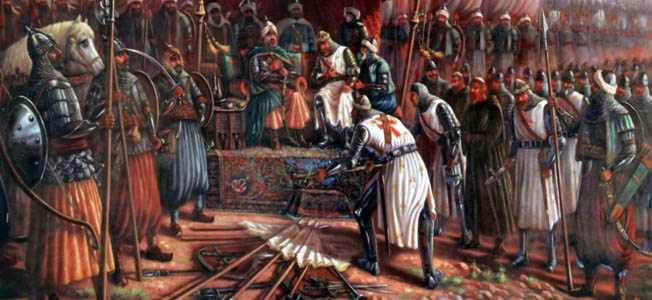
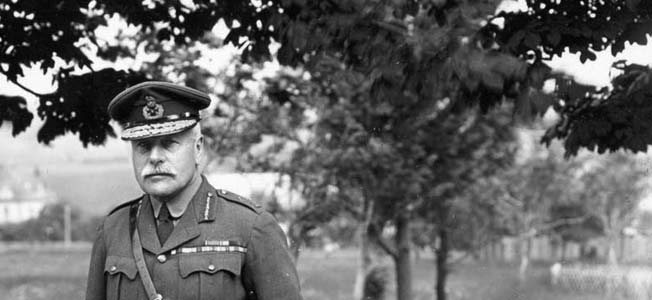
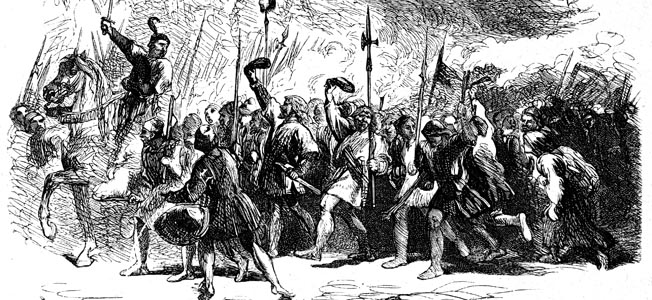
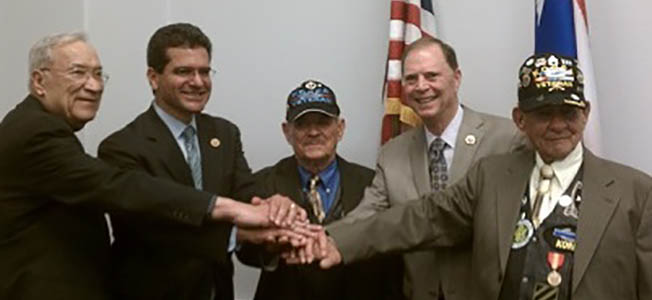

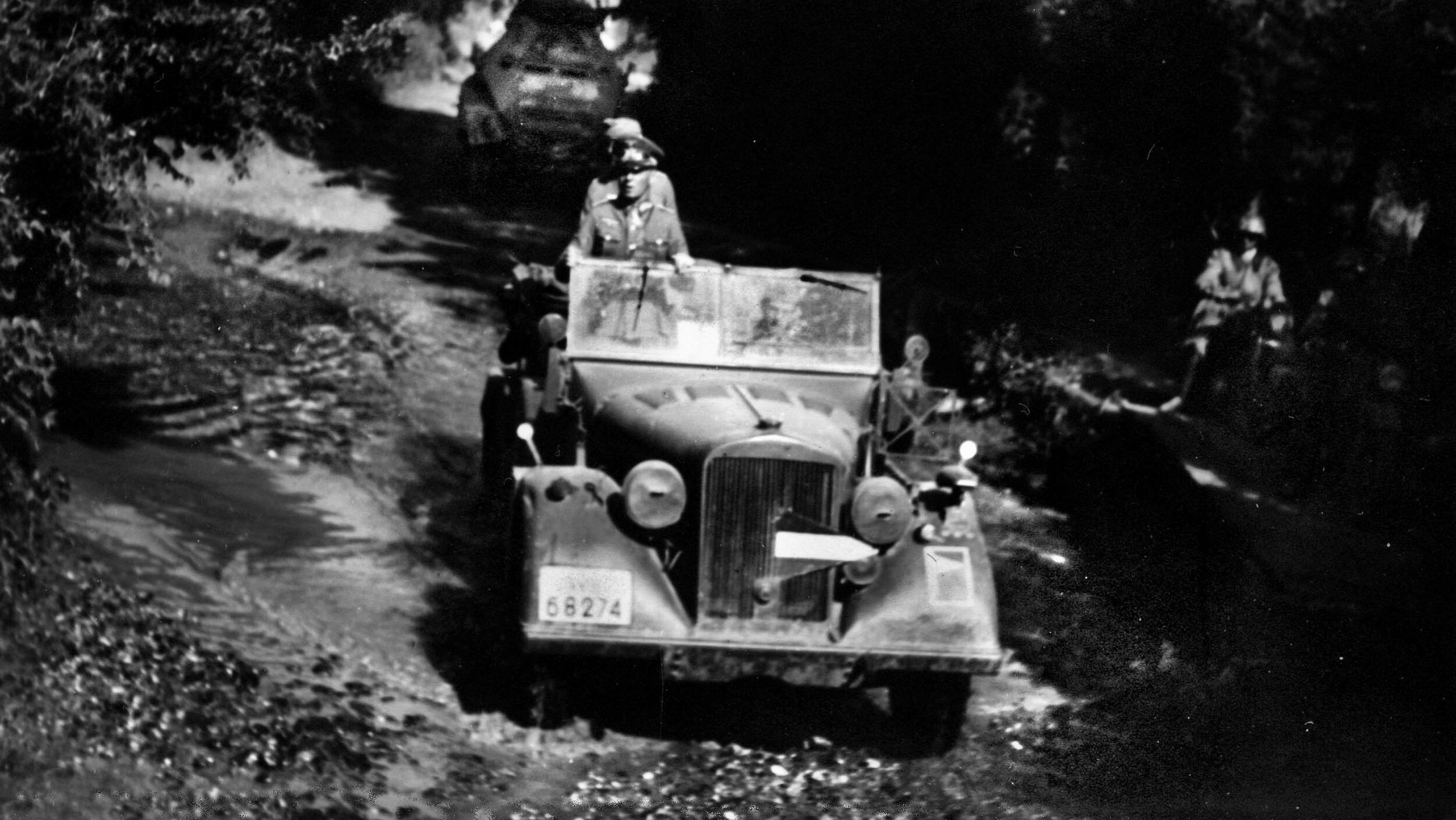
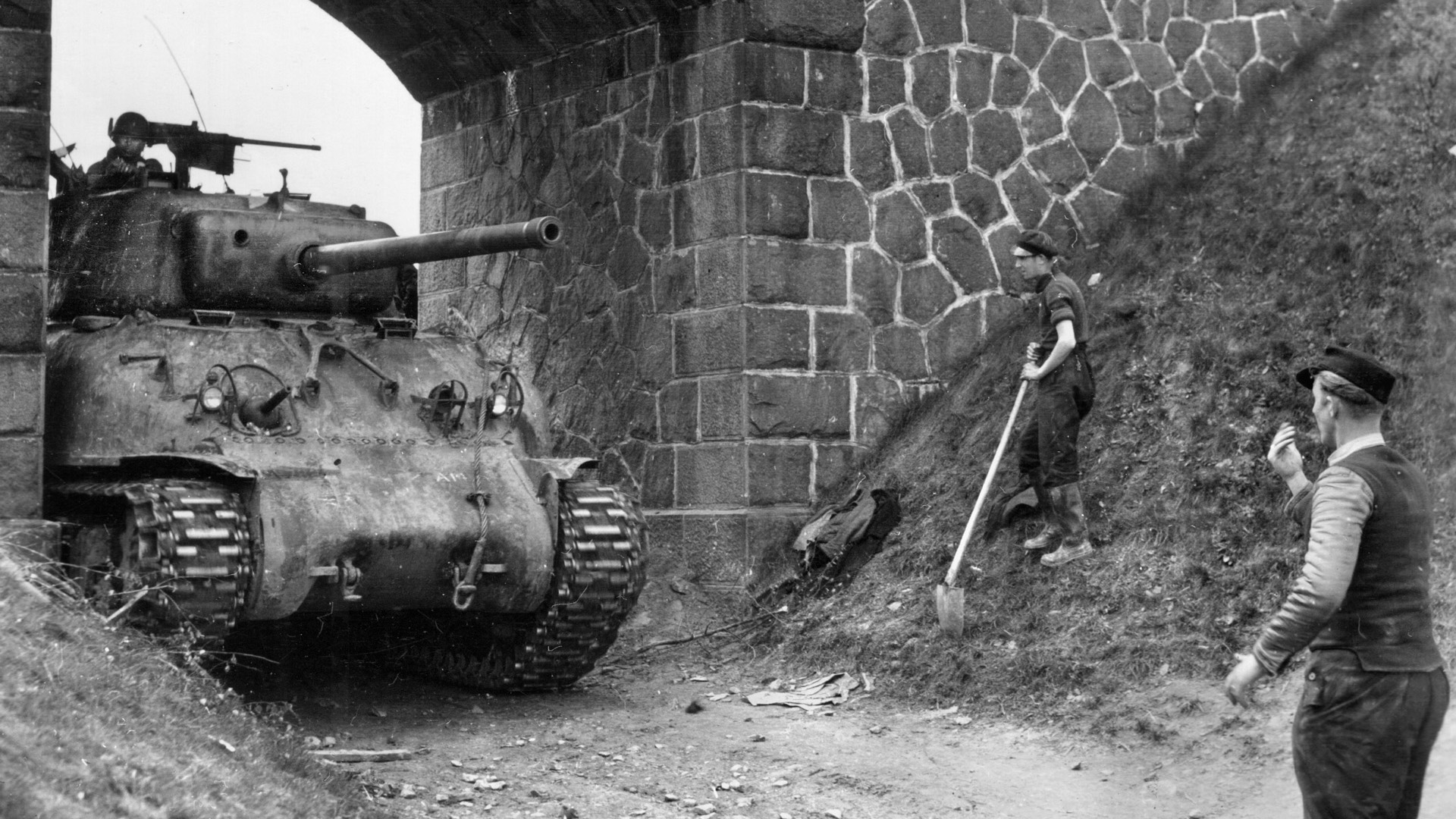
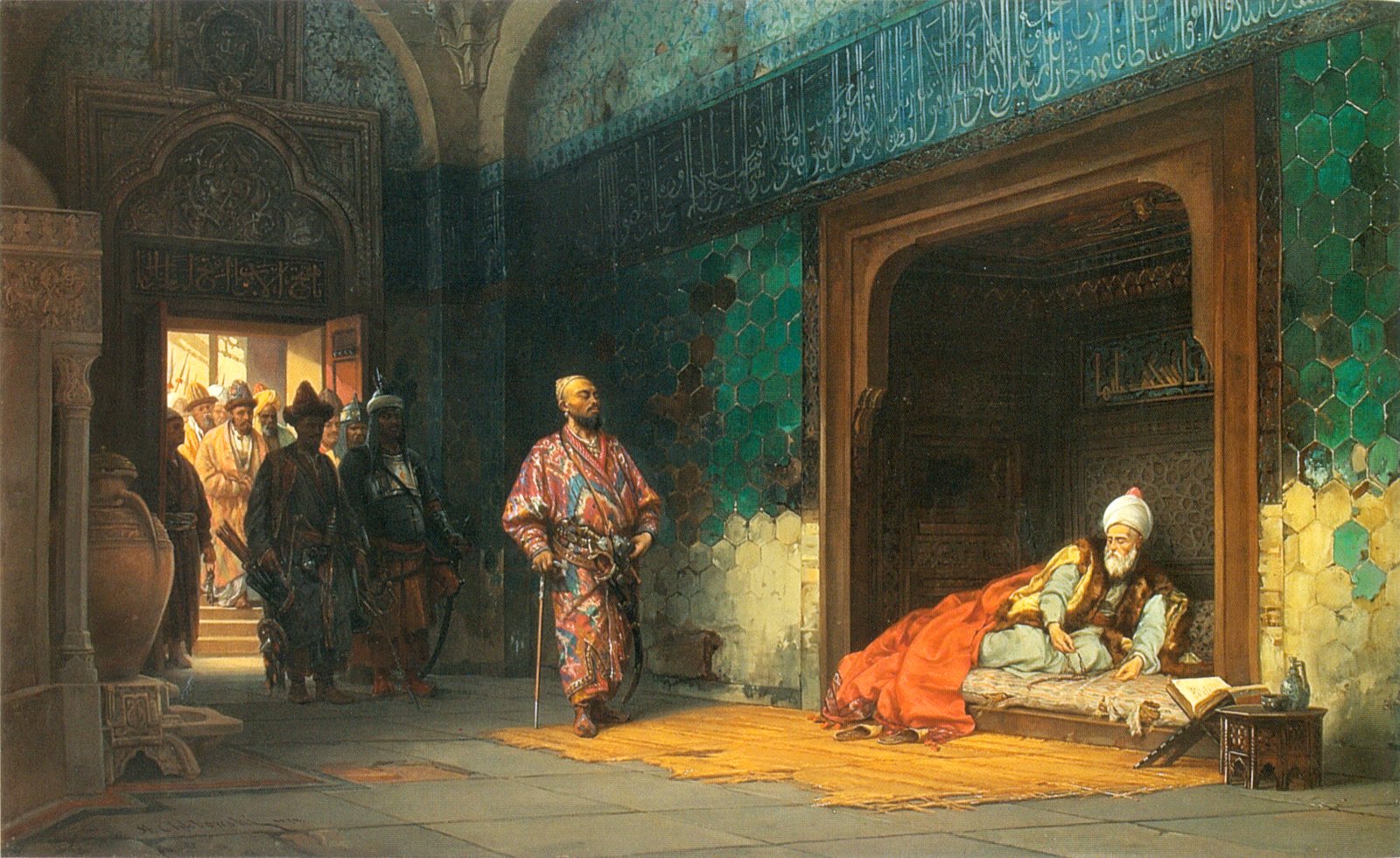
Join The Conversation
Comments
View All Comments